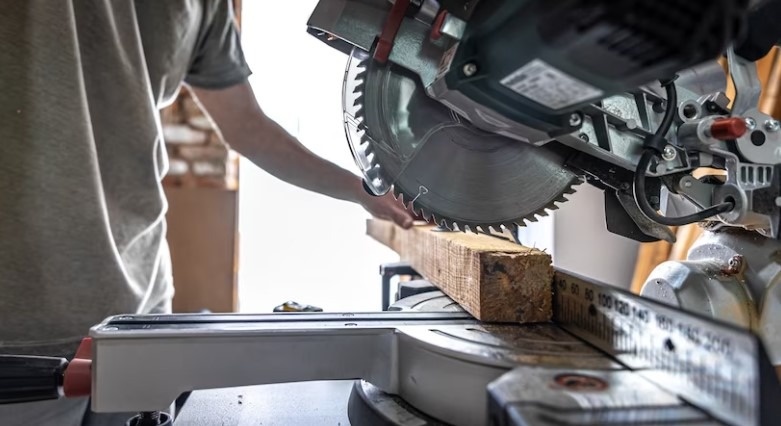Woodworking, a craft as old as civilization itself, has evolved significantly over the centuries. From hand chisels and mallets to high-precision, computer-controlled machines, the tools of the trade have become more sophisticated, efficient, and accessible CNC Router. At the heart of this evolution lies woodworking machinery—an essential backbone of modern woodworking that enables craftsmen and industries alike to produce intricate, durable, and high-quality wooden products with remarkable speed and accuracy.
What is Woodworking Machinery?
Woodworking machinery encompasses a wide range of machines used for cutting, shaping, drilling, sanding, and finishing wood. These machines can be broadly classified into two categories:
-
Hand-operated machines: These include smaller, more manual devices such as band saws, table saws, and routers, which are often found in small workshops or used by hobbyists.
-
Industrial machines: These are large-scale, automated or semi-automated machines like CNC routers, edge banders, and multi-spindle boring machines. They are used in factories and production lines to handle large volumes of work with high precision.
Common Types of Woodworking Machinery
-
Table Saw: One of the most versatile tools in any workshop, the table saw makes precise straight cuts and can be adjusted for angle and depth.
-
Planer and Jointer: Used for flattening and smoothing surfaces, these machines are crucial for preparing raw wood for further processing.
-
CNC Router: A computer-controlled machine that allows for the creation of complex shapes, patterns, and carvings with minimal human intervention.
-
Drill Press: Ensures uniform and accurate drilling, often used in furniture making and cabinetry.
-
Bandsaw: Ideal for curved and irregular cuts, the bandsaw is a staple for intricate designs.
-
Sander: Ranging from handheld sanders to wide belt machines, these smooth out surfaces and prepare them for finishing.
The Impact of Modern Woodworking Machinery
The advent of automated and computer-controlled machinery has drastically transformed woodworking. Not only has it increased productivity, but it has also enhanced the precision and consistency of finished products. Small businesses and hobbyists benefit from the accessibility of compact machines, while larger manufacturers use industrial-grade equipment to produce at scale.
Advanced features such as laser guides, digital readouts, and programmable settings have minimized errors and waste, making woodworking more sustainable and cost-effective. Moreover, safety features have improved, reducing the risks traditionally associated with working with heavy machinery.
Choosing the Right Machinery
When selecting woodworking machinery, considerations include:
-
Purpose: Different machines serve different functions. Understanding your specific needs helps avoid unnecessary expenses.
-
Space: Some machines require significant space and ventilation.
-
Budget: While high-end machines offer more features, many mid-range models provide excellent value for small-scale operations.
-
Skill Level: Some machines require training or experience. Investing in user-friendly models can ease the learning curve for beginners.
Conclusion
Woodworking machinery has revolutionized the way wood is shaped, assembled, and finished, empowering professionals and hobbyists to achieve greater craftsmanship with efficiency and precision. As technology continues to advance, the future of woodworking promises even more innovation—blending tradition with modern engineering to keep the age-old craft vibrant and relevant. Whether for industrial use or personal passion, the right machinery can elevate woodworking from a simple task to a finely honed art.
